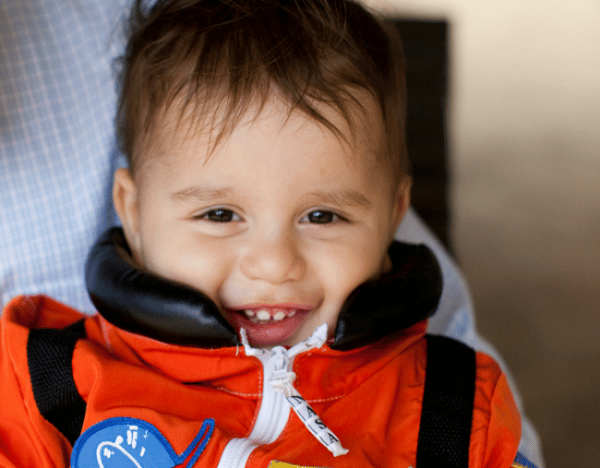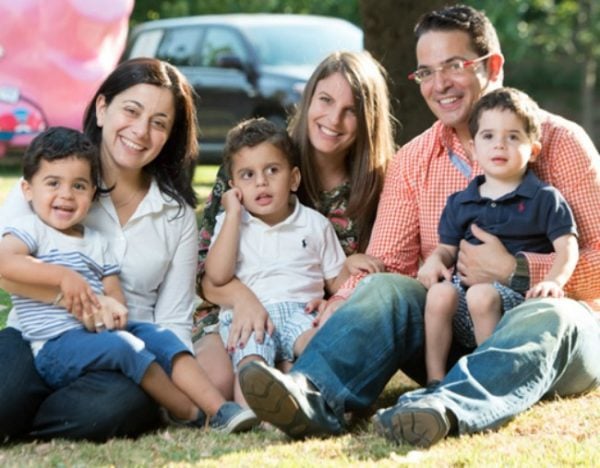It was just two days after Massimo Damiani’s first birthday, in July 2009. It should have been a joyful time for his parents Sally and Stephen. But instead, the Melbourne couple were given the worst possible news about their beautiful little boy.
Doctors told the Damianis that Massimo had a leukodystrophy. It was a rare degenerative disorder that would rob him of all his senses, and then take his life.
“It could be as quick as 18 months to three years,” Sally tells Mamamia. “But they didn’t know.
“It was awful, the scariest thing to hear as a parent. One point you’re celebrating his first birthday, and then you’re like, ‘Oh my gosh, how many more of these birthdays are we going to have?’”
Sally and Stephen could see that there was something very wrong with Massimo. Their little boy was starting to go backwards in his development.
“He wasn’t walking yet, but he was cruising furniture, and he stopped being able to do that,” Sally remembers. “He stopped being able to support himself, to sit. He had a couple of words, which went. He was crawling and then he just got slower and slower till he couldn’t anymore.”
A leukodystrophy wasn’t a definitive diagnosis, just a term meaning “lack of myelin growth” in the brain. Without that definitive diagnosis, there was no hope of finding a treatment for Massimo. So Sally and Stephen decided to start researching one themselves – even though neither of them had a medical background.


